International Review of Peru’s Conga Mine Recommends Improvements for Water
Large-scale protests over resource extraction have swept the country in recent years, posing significant hurdles to a mining industry that is expected to bring Peru $US 50 billion in future investment over the next decade.
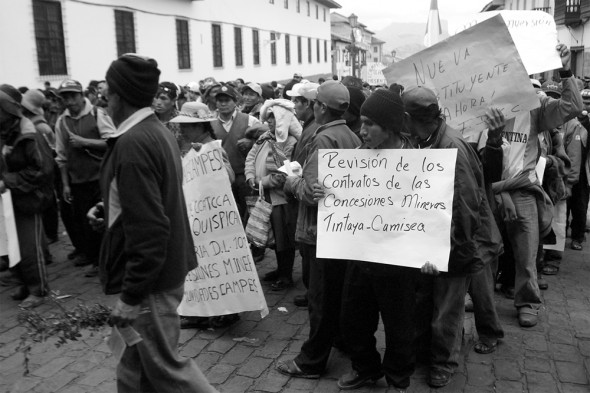
After careful review, an international panel of environmental auditors has suggested that changes be made to Peru’s proposed $US 4.8 billion Minas Conga gold and copper mine. Some of the recommendations would likely drive up the cost of the mine, Reuters reported.
Peru’s government had requested the independent Environmental Impact Assessment (EIA) after a large-scale protest against the mine — involving 10,000 people in the city of Cajamarca — had lasted for 11 days in November 2011. Peruvian President Ollanta Humala had declared a state of emergency and sent troops to restore order, according to the North American Congress on Latin America (NACLA).
Mining accounts for nearly 60 percent of Peru’s exports, and companies plan to invest $US 50 billion over the next decade in new projects. In 2010, Peru was the world’s largest producer of silver and second largest producer of copper, and the mining sector brought in $US 4.8 billion in foreign direct investment, according to the 2010 Minerals Yearbook compiled by the United States Geological Survey (USGS).
Civil Unrest
Controversy over the mine has centered around its impact on water resources in the Cajamarca region, where Denver-based Newmont Mining Corporation, the project operator, already runs the Minera Yanacocha mine. Yanacocha is currently the largest gold mine in Latin America and has produced 808 million grams (26 million ounces) of gold since 1993, according to Newmont’s website.
Conga is Peru’s biggest mining investment yet, Reuters reported, and it would be located 24 kilometers (15 miles) to the northeast of Yanacocha. The proposed mine is expected to yield 10.8 million grams (350,000 ounces) of gold each year and 54.4 million kilograms (120 million pounds) of copper in its first five years of operation.
Newmont claims the Conga project, a surface mine, will employ 5,000 to 7,000 people during its construction and will not harm the region’s watershed. But other surface mines, like the protested La Alumbrera gold mine in Argentina, have been known to consume between 60,000 to 100,000 cubic meters (16 million and 26 million gallons) of water each day, Le Monde reported.
“It is estimated that the project has the potential to generate impacts on the environment. However, the envisaged mitigation measures, including the release of compensation flows from reservoirs, the effective containment of poor quality seepages through implementation of appropriate engineering measures, water treatment, and proper surface water and groundwater management, will allow adequate environmental protection,” states the Executive Summary of the Conga EIA, prepared for Newmont and its affiliates by Knight Piésold Consultores S.A. Newmont argues that reservoirs would be built to replace a string of natural lakes and would actually improve water supply to surrounding communities, according to Reuters.
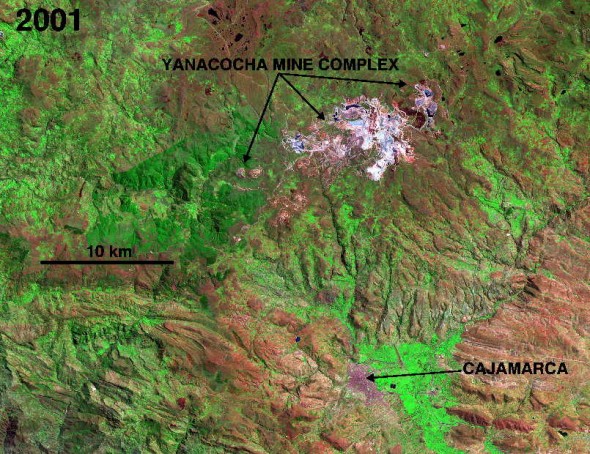
But Cajamarca’s regional president, Gregorio Santos, remains firmly against the mine.
In December 2011, the regional government unanimously passed an ordinance, effectively banning the Conga project. But the ordinance was overturned today by the Constitutional Tribunal, Peru’s highest court. The court, siding with the federal government, ruled that Cajamarca had overstepped its bounds, Dow Jones News Wires reported.
Source: Dow Jones Newswires; Le Monde; Newmont; North American Congress on Latin America; Peruvian Times; Reuters; USGS
A news correspondent for Circle of Blue based out of Hawaii. She writes The Stream, Circle of Blue’s daily digest of international water news trends. Her interests include food security, ecology and the Great Lakes.
Contact Codi Kozacek

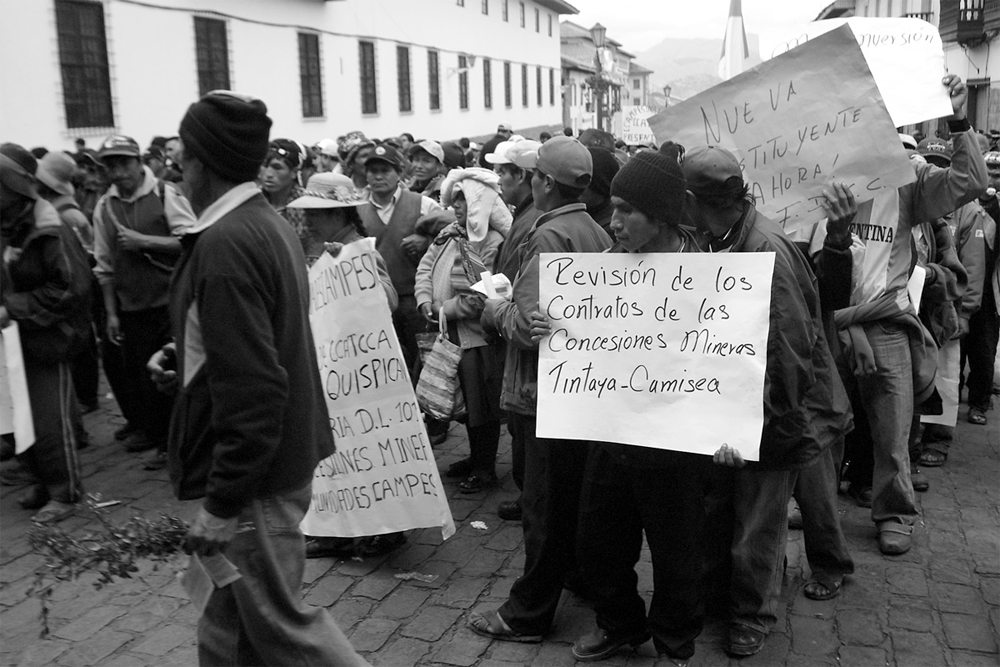

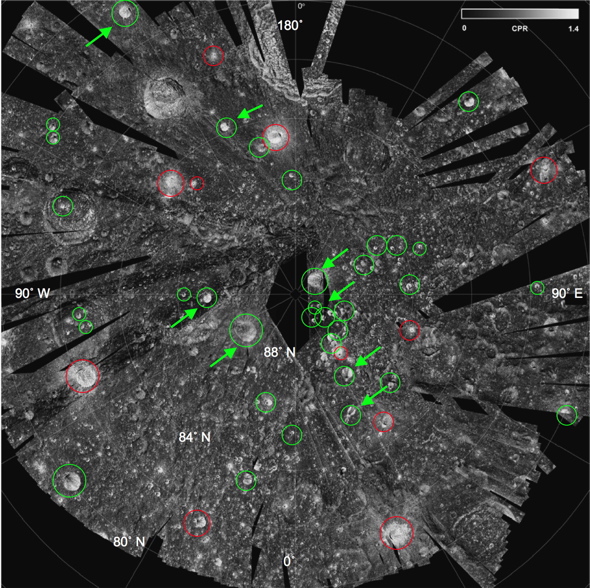

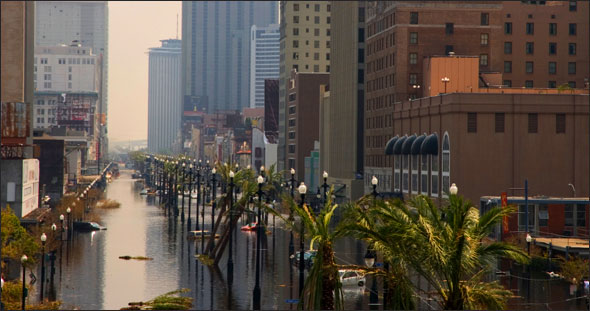


Leave a Reply
Want to join the discussion?Feel free to contribute!